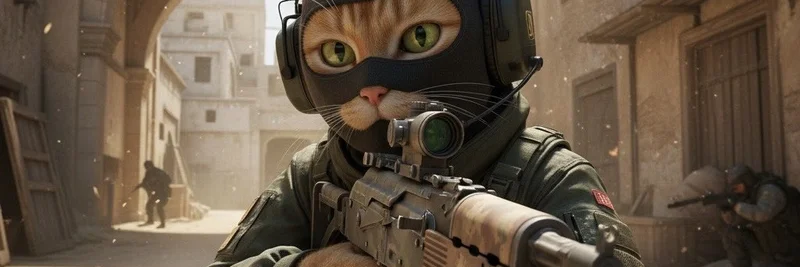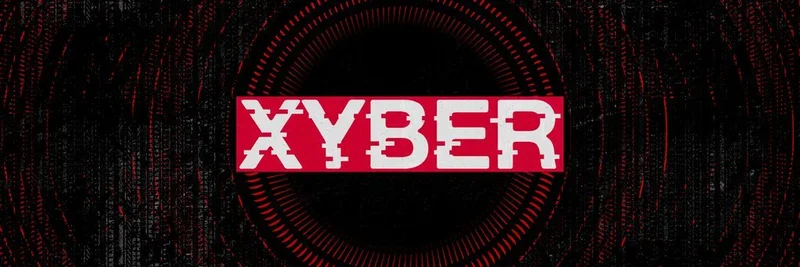If you've been anywhere near the gaming or crypto world lately, you've probably heard about the chaos in Counter-Strike 2 (CS2). On October 23, 2025, Valve dropped an update that let players trade five high-rarity "Covert" skins for a knife or gloves—items that were previously ultra-rare and super valuable. Overnight, the CS2 skin market tanked, losing around $1.7 billion in value. Knives that cost thousands plummeted, and players who'd spent years grinding or investing felt the rug pull hard.
This isn't just gamer drama; it's a stark reminder of the pitfalls in centralized systems. As Jerry Li, a speculation and science lead at the Solana Foundation, tweeted: "Feel for CS2 players right now. One update and years of grinding gone. No direct way to hedge or react. That’s why decentralized, internet capital markets matter, for all assets."
Li's point hits home. In traditional gaming economies like CS2's, a single company like Valve holds all the power. They can tweak rules, flood the market, or devalue assets with one patch. But what if collectibles—like those flashy CS2 skins—lived on a blockchain? Enter "Internet Capital Markets" (ICM), where decentralized platforms let anyone participate, hedge risks, and trade freely without a central overlord calling the shots.
Li shouts out some exciting Solana projects tackling this for "Collectible RWAs" (Real-World Assets), which are basically tokenized versions of physical or digital collectibles. Solana's fast, cheap transactions make it perfect for this. Let's break down the ones he mentioned and why they're optimistic bets in a post-CS2-crash world.
Tokenizing CS Skins: Dupe.fi Leads the Charge
Dupe.fi is flipping the script on CS2 trading. Built on Solana, it's a marketplace where you can buy and sell CS2 skins using your crypto wallet. No more relying on Valve's ecosystem—Dupe tokenizes skins, making them accessible with low fees and transparent transactions in USDC.
Why does this matter now? The update exposed how fragile centralized markets are. With Dupe, traders get safety from blockchain immutability, and it's in open beta, inviting everyone to join. Plus, they've got their own token, $DUPE, which has been buzzing on exchanges like Indodax. If you're into meme tokens with real utility, $DUPE blends fun with function, potentially hedging against future Valve surprises.
Perpetual Trading for Collectibles: TroveMarkets and Fraction.skin
Next up, TroveMarkets is all about "trading the rare, speculating the future." They offer perpetual contracts (perps) on collectibles, letting you go long or short with leverage up to 5-10x. Imagine shorting those overpriced CS knives before the crash— that's the kind of hedging Li talks about.
Trove is in beta, rewarding early users with points, and it's built on Solana for speedy deposits in USDC or USDT. Their token $TROVE is live on platforms like Pump.fun, adding a meme layer to serious trading.
Similarly, Fraction.skin focuses on fractionalizing skins—breaking expensive items into shares anyone can own. This democratizes access, especially post-crash when whole knives are cheaper but still out of reach for many. $FRACTION, their token on Solana, trades on Pump.fun and embodies the meme spirit while solving real problems in collectible ownership.
Pure-Play Platforms: Collector Crypt and Phygitals
For broader collectibles beyond CS, Collector Crypt digitizes real-world items like Pokémon cards into NFTs. Vault your physical cards, trade them globally without fraud risks, and even collateralize for loans. Their $CARDS token powers the ecosystem, with a market cap around $26 million and strong trading volume.
It's a blue-chip play for expanding categories—Li sees CS skins as the next big addition. Gacha pulls for tokenized cards add gamification, blending nostalgia with blockchain.
Phygitals takes a similar approach, letting collectors digitize and trade physical cards with built-in royalties and portfolio tracking. On Solana, it's all about seamless global access. Their Goons Pass NFTs on Magic Eden highlight artistic phygital figurines, merging physical and digital worlds.
Speaking of memes, one reply to Li's tweet captured the vibe perfectly: "We need the $MASK in CS." That's a nod to catwifmask ($MASK), a Solana meme token inspired by cats in balaclavas. With a market cap around $1.9 million, it's pure crypto absurdity meets gaming culture—think feline terrorists storming Dust II. Tokens like this show how memes can rally communities around events like the CS2 crash, turning pain into playful speculation.
The Bigger Picture for Blockchain Practitioners
This CS2 fiasco isn't isolated. Centralized platforms control too much, from games to finance. Decentralized ICM on Solana offers purity: true ownership, hedging tools, and global participation. Projects like these aren't just reacting; they're building the future where your digital knife can't be devalued by a whim.
If you're a blockchain dev or trader, dive into these. Tokenize your assets, trade perps, or fractionalize for liquidity. And hey, grab some $MASK for the lols—meme tokens often lead the charge in community-driven recovery.
Stay tuned to Meme Insider for more on how meme tokens and RWAs intersect in the wild world of crypto gaming. What's your take on the crash? Drop a comment below!


